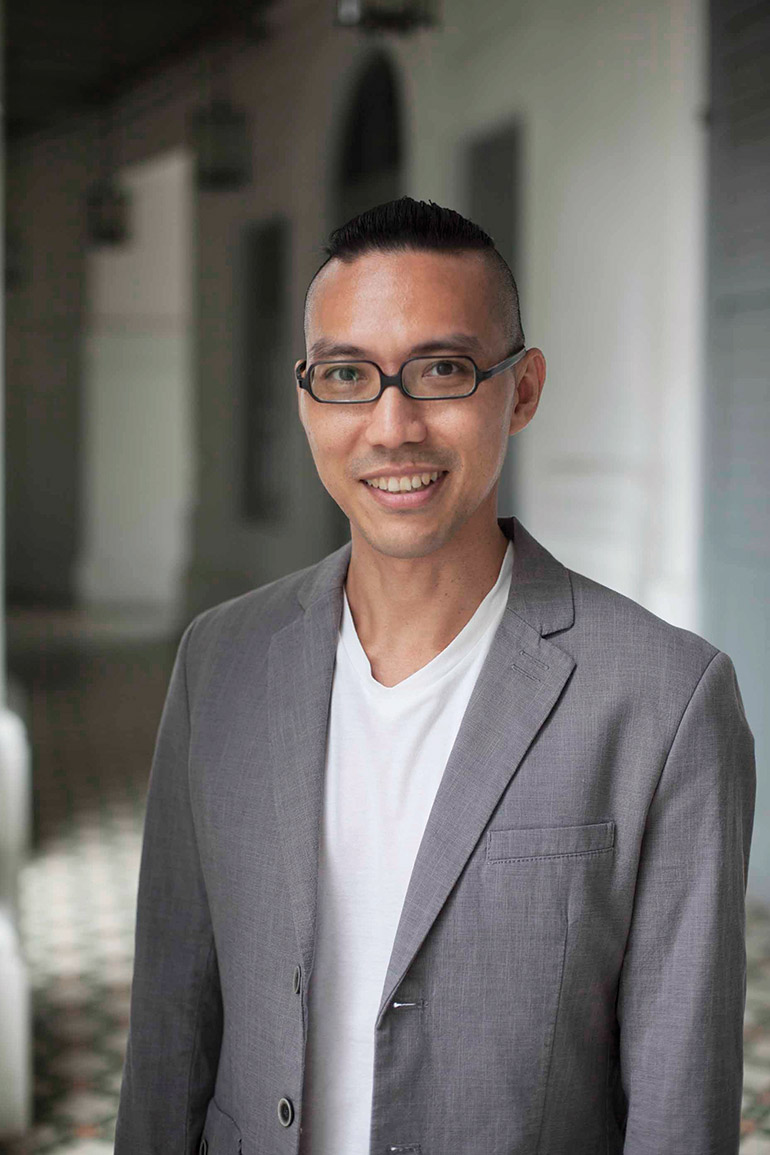Michael Lee is a Singaporean artist, curator and publisher who is currently working as an associate curator for the Singapore Biennale, which runs from 27 October 2016 until 26 February 2017. Here, Lee gives his thoughts on the four-month artistic extravaganza, as well as elitism in the discussion of modern art
What can we expect from Singapore Biennale 2016?
We retained the previous edition of the Singapore Biennale’s geographic focus on Southeast Asia, but also explored the region’s relationship with South Asia and East Asia… Singapore Biennale 2016 will present recent works and new commissions by more than 60 artists from Southeast Asia, South Asia and East Asia – a variety of artistic perspectives and methodologies that trace our migratory, intertwining histories and cultures.
The biennale takes place over the course of four months. How does that work in practice?
The four-month exhibition will be anchored at Singapore Art Museum and its annexe building, SAM at 8Q. Artworks will also be placed in other venues, including National Museum of Singapore, Peranakan Museum and Asian Civilisations Museum. There will be a range of programmes throughout the exhibition period, including artist talks, artist and curator tours, plus artist performances.

What makes the Singapore Biennale special?
Currently there is no other biennale in the world focused on the art of Southeast Asia, so it plays a significant role in raising awareness and appreciation of contemporary art and issues coming out of this part of the world.
For instance, reflecting her concern about the environmental problems caused by forest burning, Singaporean artist Han Sai Por has been exploring her Black Forest series through installations consisting of blackened wood logs lying on a bed of charcoal chips. For the biennale, she will be creating the latest instalment of this series, but this time with hundreds of tree logs and tree stumps all standing upright, essentially bringing into the gallery a charred forest of trees that appear burnt but have not fallen.
You are also an artist, and you have described your work as influenced by the tension between memory and fiction. How does that manifest itself?
I believe that personal freedom lies in knowledge and understanding – of the self in the world. This requires a rather paradoxical relationship to the past. On the one hand, we need an acute sense of inquisitiveness about how we got here, knowing that the past may have lessons for us… On the other hand, with the awareness that much of the past is inaccessible, we need to be wildly imaginative about what might really have happened.
The majority of Singapore’s art funding comes from the government. How does this influence the type of art that Singapore’s artists produce?
There are artists here who do not apply for government grants, so their work may have to appeal to private collectors. The availability of government funding means that artists who successfully apply for grants are free to explore ideas and methods that may not have an immediate market appeal… I believe there is no lack of art production, including high-quality art here; what can be improved are criticism and education. The former requires a social mindset that debate is a healthy part of reflection rather than an assault to one’s ego; the latter needs us to accept art not as a ‘bonus’ to mainstream school subjects, but as an intrinsic part of the curriculum and everyday life.
The art world has often been criticised for being inaccessible. As a publisher, what do you make of the way art is covered in the media?
The inaccessibility issue in the discussion of contemporary art has led to two compensatory strategies: obfuscation and over-simplification. The first is the tendency to use theoretical jargon – in everything from artist’s statements to press releases and exhibition reviews – more to create the appearance of intellectual depth than to develop insights. The second can be seen in dumbing things down to the lowest denominator, such as reducing an artwork to its medium, intention and meaning. The problem of over-simplification is that it is condescending and based on the assumption that people don’t know better. In reality, I believe, people are quite well informed, thanks to the internet, and they also want to be better than they already are.


